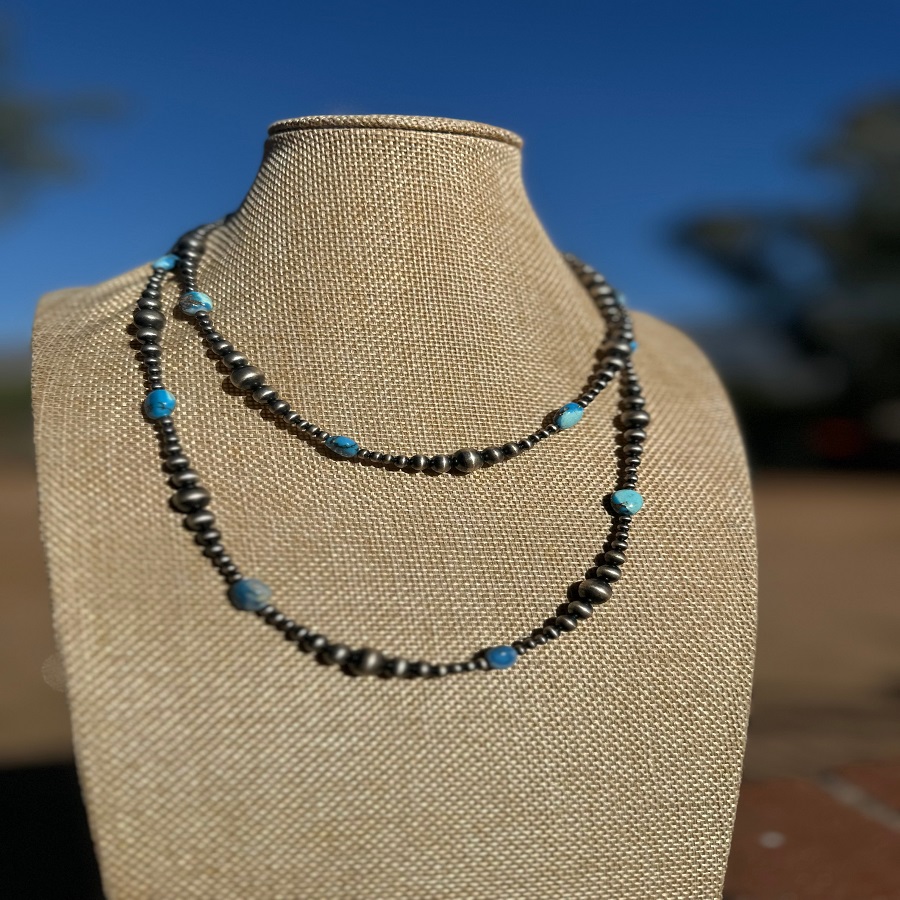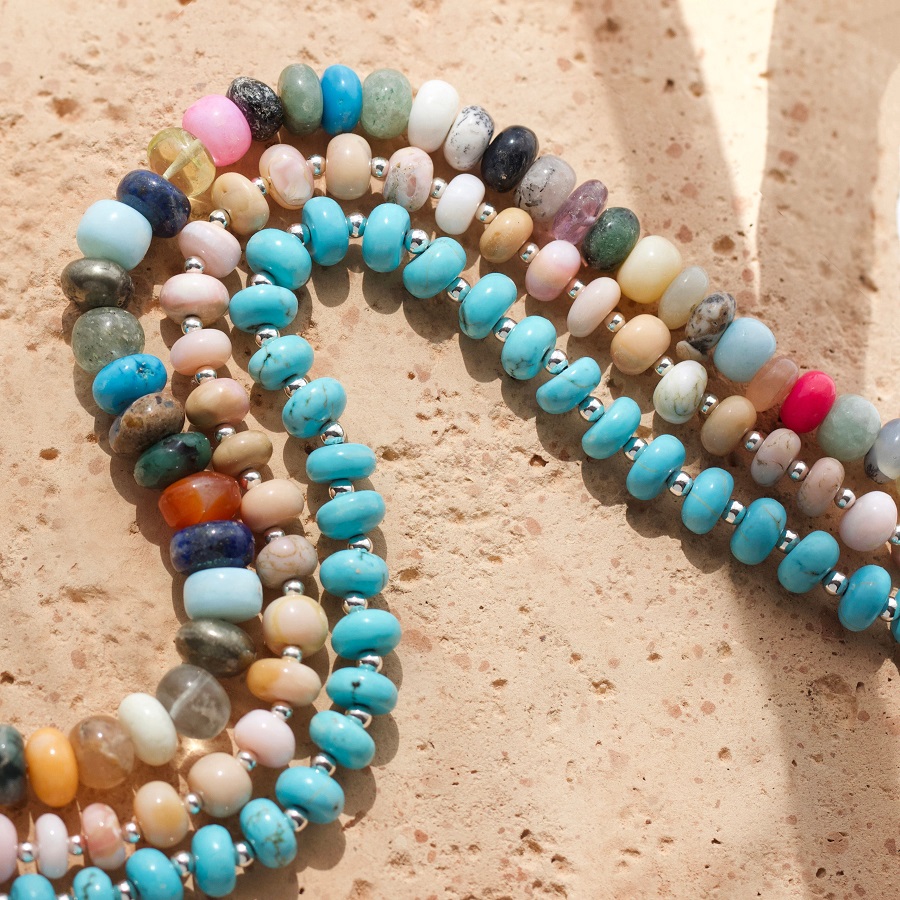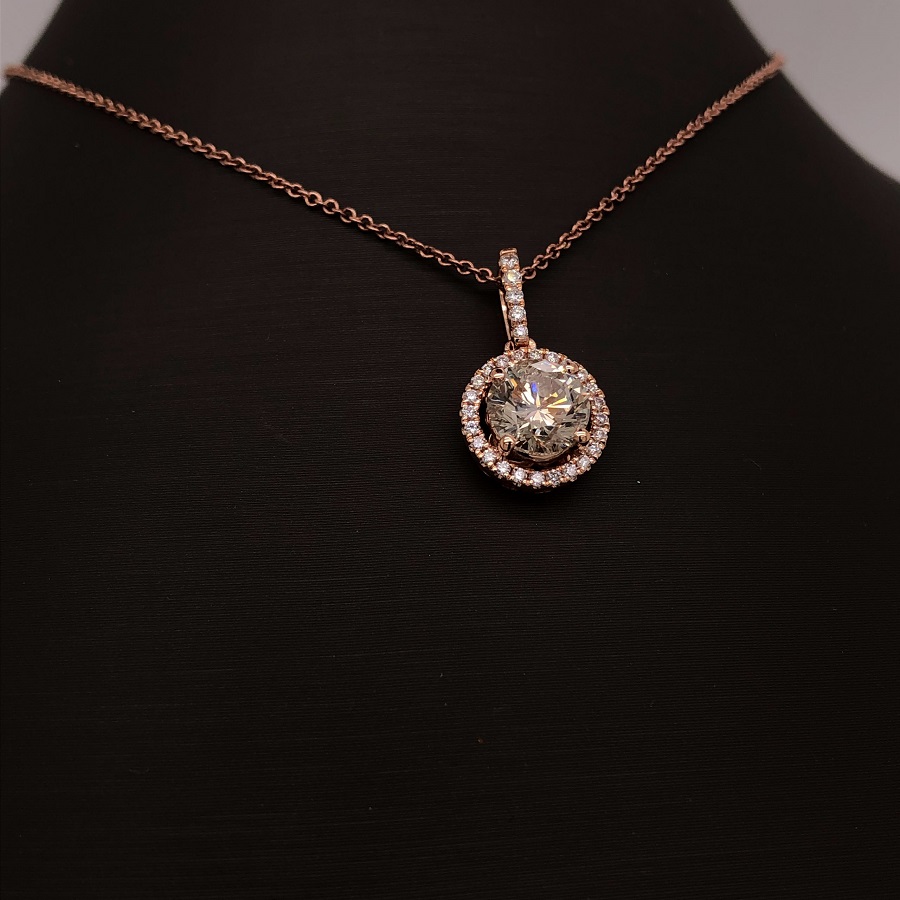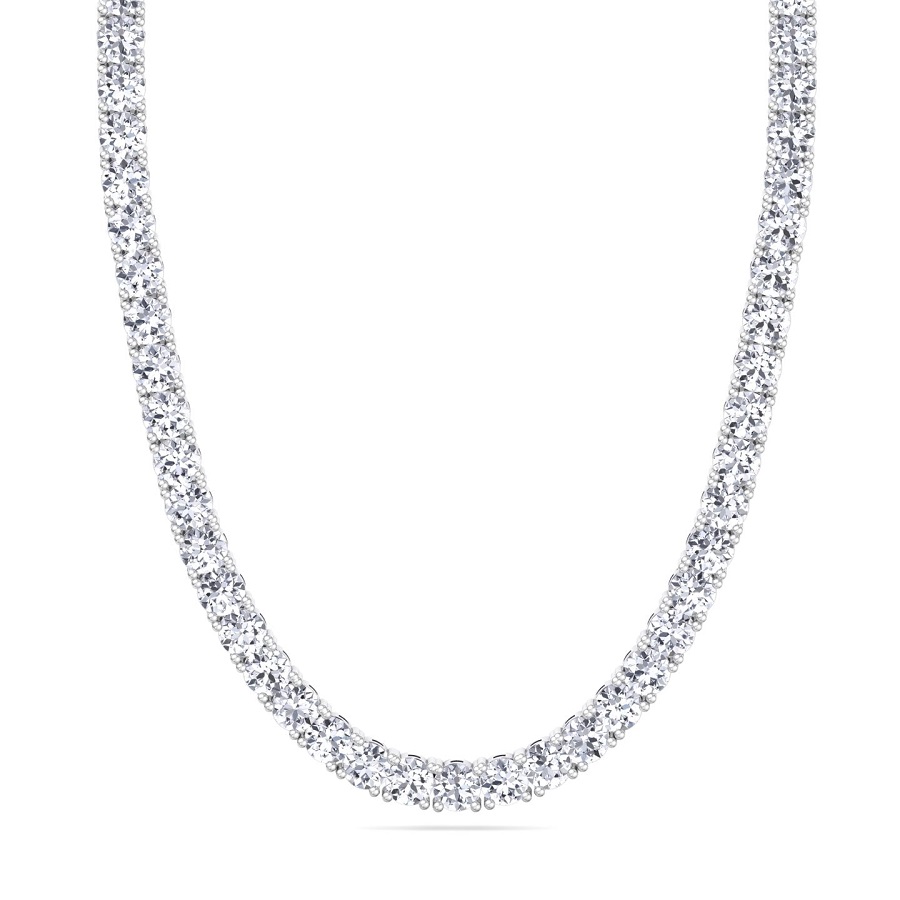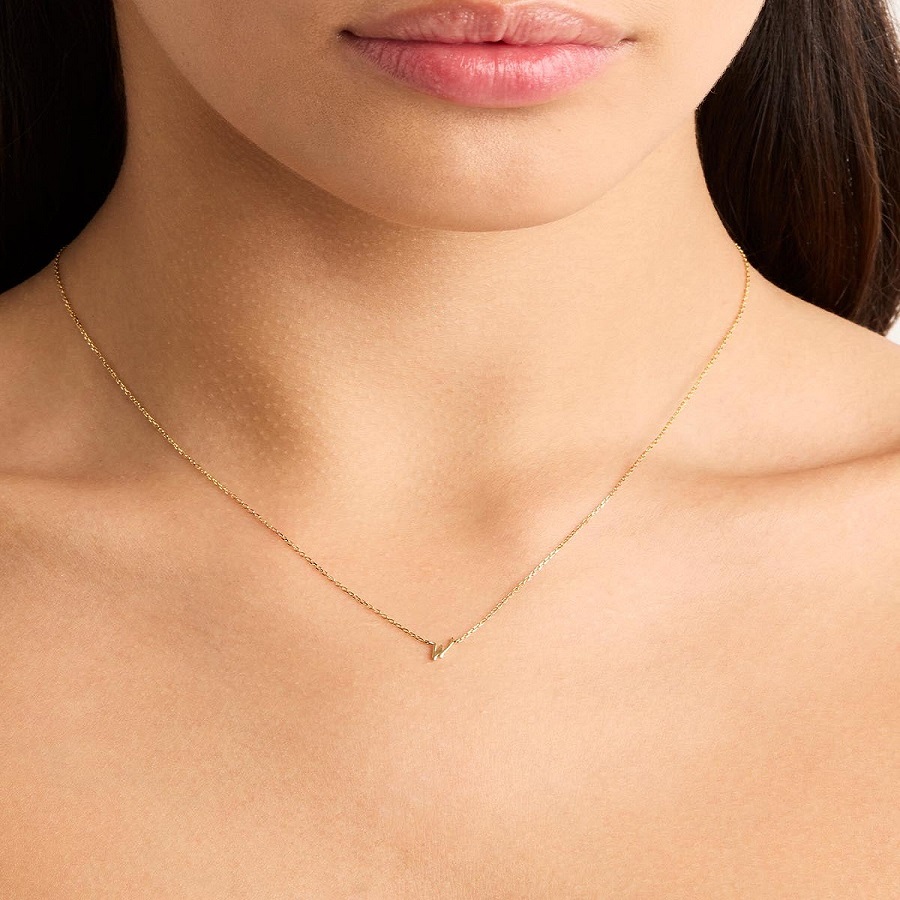The Evolution of Beaded Jewelry
Beaded necklaces are not a new trend. For centuries, they have held cultural, spiritual, and fashion significance worldwide. The earliest known beaded jewelry dates back to ancient civilizations. The Egyptians, for instance, crafted beadwork for decorative and religious purposes. Their intricate designs often featured precious stones and metals.
Over time, beaded jewelry has traveled through different eras. From the simple stone and shell necklaces of early societies to the elaborate beadworks of the Renaissance, the art of beading has continuously evolved. In Native American cultures, necklaces served as symbols of status and accomplishment.
The 1920s saw a surge in beaded necklace popularity with the flapper fashion trend. The long strings of beads paired with jazz age dresses defined the era’s style. In the hippie movement of the 1960s and 1970s, beaded necklaces became a statement of peace and love.
Today’s beaded necklaces blend past and present. Designers draw inspiration from historical patterns while incorporating modern techniques and materials. This evolution reflects the flexibility of beading as an art form, capable of adapting to changing tastes and technologies. The ever-growing variety of beads available now enable endless possibilities in necklace design.
Beaded necklaces have undoubtedly progressed. Yet, the core of beading remains the same—a creative expression that connects us to our ancestors and cultures. As they continue to evolve, beaded necklaces remain a beloved accessory, rich with history and meaning.
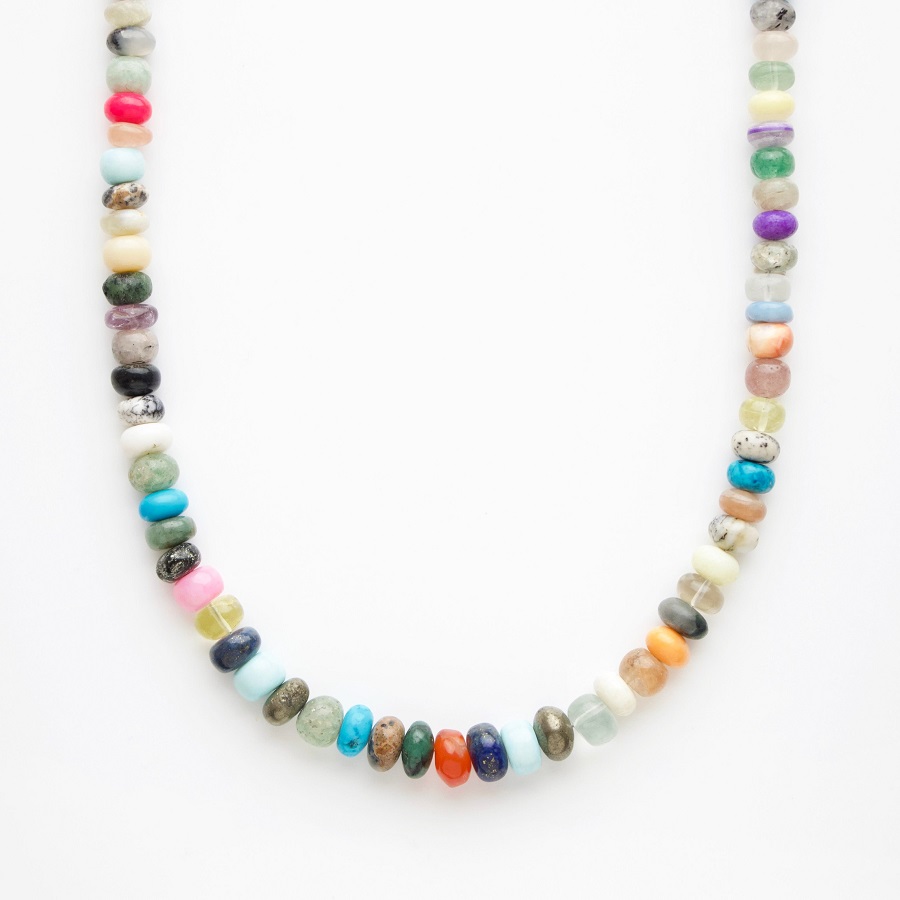 Essential Materials for Creating Beaded Necklaces
Essential Materials for Creating Beaded Necklaces
To craft stunning beaded necklaces, you need the right materials. The basics include beads, which come in various shapes, sizes, and materials. Look for glass, stone, plastic, and metal beads to diversify your designs. Stringing materials are key as well. Options like nylon thread, beading wire, and silk cords offer different strengths and aesthetics. You will require clasps to secure the necklace. Lobster claws, toggles, and magnetic clasps are popular choices. Don’t forget the tools. Needle-nose pliers, wire cutters, and tweezers make assembly easier. For intricate designs, you may need beading needles and a beading mat to hold beads in place while you work.
To begin, choose your beads and stringing material based on your desired design. Then, gather your clasps and tools. With these essential materials at hand, you’re ready to create your own beaded necklaces.
Techniques for Crafting Beaded Necklaces
Crafting beaded necklaces requires skill and patience. To ensure success, familiarize yourself with various techniques. Start with basic stringing. This involves adding beads to your chosen material in a sequence. It’s ideal for beginners and allows for creative patterns. Secure each end with crimp beads before adding clasps. For durability, consider using a double-strand method.
Knotting between beads adds elegance and prevents loss if the string breaks. Use an overhand knot or a special beading knot like the surgeon’s knot. This method works well with pearls and fine beads.
Bead weaving is another technique. It involves sewing beads together to create intricate patterns. Try techniques like peyote stitch, herringbone, or right-angle weave for complex designs. You’ll need a beading needle and thread for this.
For a three-dimensional effect, learn bead embroidery. Stitch beads onto fabric backing to create unique textures. This requires an embroidery needle, thread, and a steady hand.
Experiment with these techniques to improve your craft. Each offers different aesthetics and strengths. With practice, even complex beaded necklaces will become achievable projects.
Types of Beads and Their Uses in Necklace Design
Selecting the right type of beads is crucial for creating stunning beaded necklaces. Beads come in an array of materials, each lending a unique feel and look to the design.
- Glass Beads: Glass beads offer vibrant colors and shine. They add elegance to any necklace and come in various shapes like rounds, ovals, or faceted cuts.
- Stone Beads: These natural beads bring an earthy tone to jewelry. Use them for rustic or bohemian designs. Stone beads include agates, jaspers, and quartz.
- Plastic Beads: Ideal for lightweight designs, plastic beads are affordable and come in numerous colors.
- Metal Beads: Metal beads, like silver or gold, add a luxe touch. They work well as spacers or focal points in a necklace.
- Pearls: Pearls are timeless. They create a classic look, whether in a single strand or mixed with other beads.
- Seed Beads: Small and versatile, seed beads are perfect for detailed work and bead weaving. They come in countless colors.
- Wooden Beads: These beads provide a natural, organic feel. They’re perfect for ethnic or nature-inspired pieces.
- Ceramic Beads: Hand-painted or glazed, ceramic beads bring artisan quality to your creations.
Each type of bead can be the centerpiece or a complementary element in necklace design. Mix and match different bead types to explore unique combinations and infuse character into your beaded necklaces. By understanding the uses of various beads, you can enhance both the aesthetic and emotional impact of your jewelry.
Color Theory in Beaded Necklace Creation
Applying color theory is key when making beaded necklaces. It can elevate your designs from good to stunning. Color theory involves understanding how colors interact and affect each other. It helps in choosing beads that compliment or provide contrast in your necklace.
Understanding the Color Wheel
The color wheel is a basic tool for combining colors. It has primary, secondary, and tertiary colors. Primary colors are red, blue, and yellow. They mix to make all other colors on the wheel. Secondary colors come from combining two primaries. For example, red and yellow make orange. Tertiary colors are mixtures of a primary and a secondary. Knowing this helps in picking bead colors that harmonize.
Choosing a Color Scheme
Decide on a color scheme for your necklace. Options include monochromatic, analogous, and complementary schemes. A monochromatic scheme uses variations of a single color. It creates a cohesive look. An analogous scheme involves colors next to each other on the wheel. This creates a harmonious design. Complementary colors are opposite on the wheel. They make each other stand out when paired. Experiment with these schemes to find what works for your design.
Considering Color Meanings
Colors have meanings and evoke emotions. Red can signify passion, while blue can calm. Think about the message you want your necklace to convey. Choose bead colors accordingly to add depth to your work.
Playing with Color Temperature
Warm colors like red and yellow can energize a design. Cool colors like blue and green can soothe. Use temperature to affect the mood of your necklace. Balance warm and cool colors for a dynamic effect.
Embracing color theory in your beaded necklaces can turn simple beads into a piece of art. Apply these principles to create pieces that are visually pleasing and emotionally resonant.
Patterns and Inspiration for Beaded Necklaces
Drawing inspiration for beaded necklaces can come from various sources. Choosing the right patterns is vital for creating eye-catching and unique jewelry. Here’s how to find inspiration and select patterns that resonate with your creative vision.
- Nature: Look around you; nature is full of patterns. The arrangement of leaves or the colors of a sunset can inspire your beadwork.
- Art and Culture: Artworks, especially from ancient civilizations, can provide intricate patterns. Also, different cultures have traditional beadwork that can spark ideas.
- Fashion Trends: Keep an eye on the latest fashion trends. They can influence the color and style of the beaded necklaces you create.
- Historical Jewelry: Visit museums or browse online galleries. Historical pieces can give insights into time-tested designs.
- Personal Experiences: Your own experiences and memories can translate into meaningful jewelry designs.
- Mixing Patterns: Combine various elements from different patterns to make something truly unique.
Once you have your inspiration, draw simple sketches or use beading software to plan out your designs. Start with basic patterns if you are just beginning. As you gain experience, move on to more complex arrangements. Always ensure that the pattern works with the beads you have chosen in terms of size, color, and texture.
Remember, inspiration is endless and can come from anywhere. Keep your mind open and allow your creativity to flourish. Each beaded necklace you create is not just an accessory but a personal story told through beads.
Finishing Touches: Clasps, Hooks, and Closures
After weaving your beads into a stunning necklace, the final step is securing it. The type of clasp or closure you choose not only ensures the necklace stays put but also adds to the overall look and feel of the piece. There are several options to consider when selecting the right finishing touch for your beaded necklaces.
- Lobster Claws: These are versatile and secure. They work well with most designs and are very popular.
- Toggle Clasps: Add a decorative touch. Toggles come in various shapes and can act as a design element.
- Magnetic Clasps: Great for easy wear. They allow for quick closure but are not as secure as other types.
- Spring Ring Clasps: Simple and functional. They are a classic choice for a clean look.
- S-Hooks: Offer an artistic flair. They’re visible and part of the necklace’s design.
- Slide Lock Clasps: Ideal for multi-strand necklaces. They hold multiple ends neatly and securely.
Each type of closure adds a different style and level of security to your necklace. Consider the necklace’s weight, style, and who will wear it when choosing your closure. For heavy necklaces, select a robust clasp. For a delicate look, choose a clasp that blends in seamlessly. If the wearer has difficulty with small clasps, opt for a larger toggle or a magnetic closure.
Remember, the clasp should complement the beaded necklace in both style and function. With the right finishing touches, your beaded necklace will not only look complete but will also be ready to wear and cherish.
Selling and Marketing Your Beaded Necklaces
Once you’ve mastered the art of making beaded necklaces, the next step is selling them. To succeed in the marketplace, you need effective marketing strategies. Here are some tips for marketing your beaded necklaces and attracting buyers.
- Photography: High-quality images are vital. Take clear, well-lit photos that showcase the beauty and detail of your necklaces.
- E-commerce Platforms: Use online marketplaces like Etsy or eBay to reach a wider audience. Set up an attractive and user-friendly shop.
- Social Media: Leverage platforms like Instagram, Pinterest, and Facebook. Post regularly and engage with your followers to build a community around your necklaces.
- Craft Fairs and Local Markets: Attend these events to sell directly to customers. They offer the advantage of personal interaction and immediate feedback.
- Word of Mouth: Encourage friends and family to spread the word. Happy customers are likely to recommend your necklaces to others.
- SEO: Optimize your online content with keywords like ‘beaded necklaces’ to improve search engine rankings and visibility.
- Packaging: Invest in attractive packaging. It enhances the perceived value and makes your necklaces stand out.
- Pricing Strategy: Set competitive prices that reflect the cost of materials and your time, but also ensure you make a profit.
Remember, patience and persistence are key. It takes time to build a brand and customer base. Keep refining your strategies and your beaded necklaces will find their admirers.
